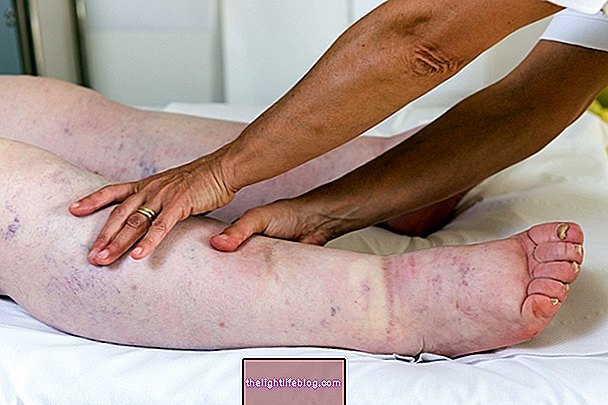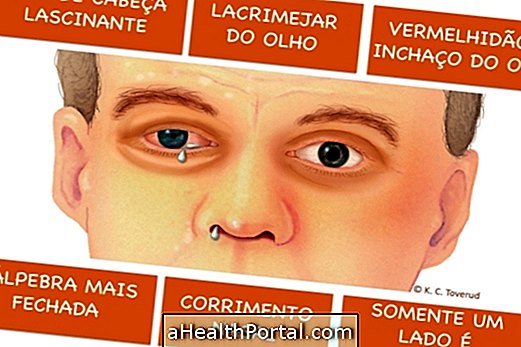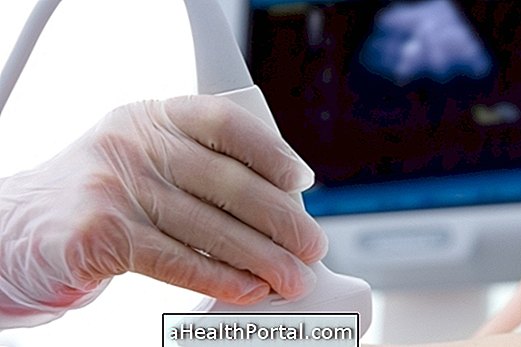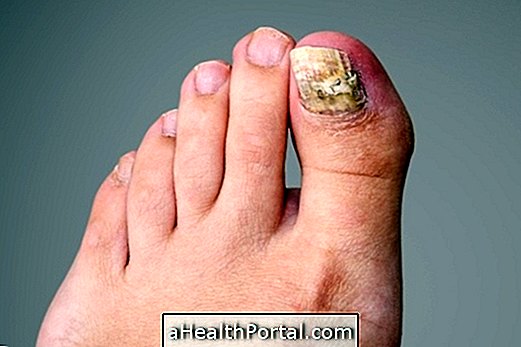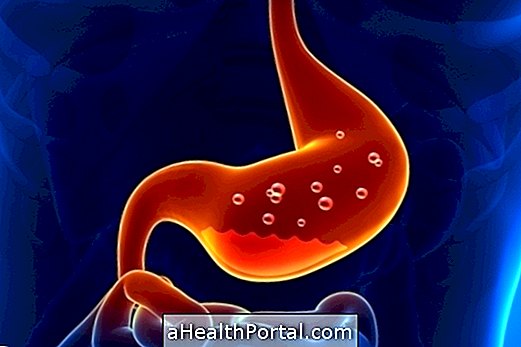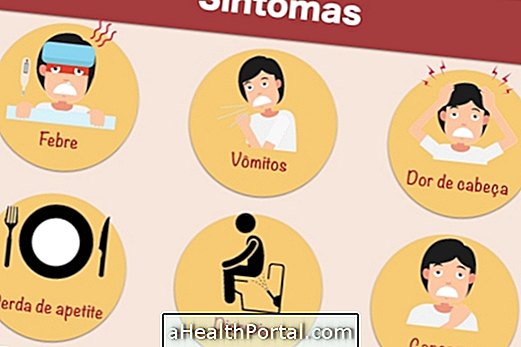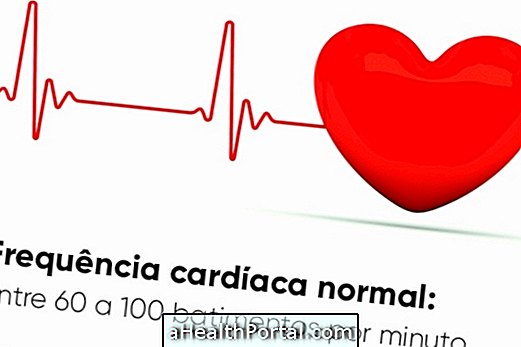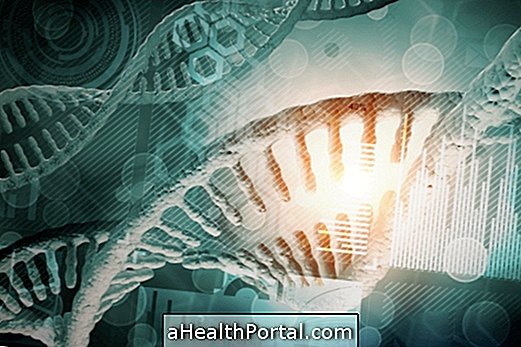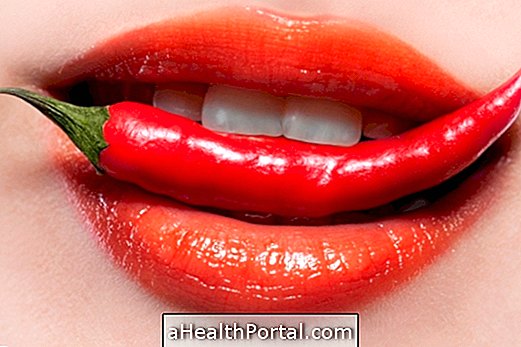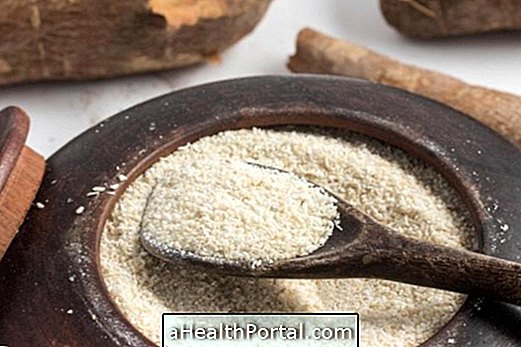Ovulation pain, also known as mittelschmerz, is normal and usually feels on one side of the lower abdomen; however, if the pain is very severe or if it lasts for several days, it can be a sign of diseases such as endometriosis, ectopic pregnancy or ovarian cysts.
This pain can occur in any woman of childbearing age during ovulation, being more frequent in women who do infertility treatments with drugs to induce ovulation, such as Clomid. Understand the process of ovulation during the menstrual cycle.
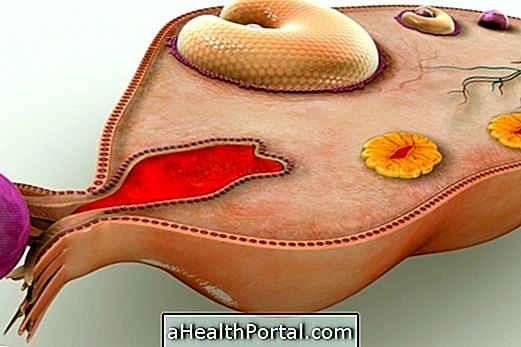
What are the signs and symptoms
Ovulation pain occurs about 14 days before menstruation, which is when the ovum is released from the ovary, and is similar to a mild to moderate blow to the lower abdomen, accompanied by small, cramped, or pulled back cramps that can be confused with gases, which can take only a few minutes, or even 1 or 2 days.
The pain usually feels on the left or right side, depending on the ovary where ovulation occurs, and although rare, it can occur on both sides at the same time.
In addition, the pain may be accompanied by vaginal bleeding, and some women may also feel nauseous, especially if the pain is severe.
Possible causes
It is not yet known what causes ovulation pain, but it is believed that it may be caused by the ovary breaking the ovary, which releases a small amount of fluid and blood, which irritate the regions around the ovary, causing pain in the abdominal cavity.
Pain in ovulation is relatively common, however, if the pain is too intense or if it lasts too long, it may be a sign of some medical condition such as:
- Endometriosis, which is an inflammatory disease that affects the ovaries and uterine tubes. Here's how to get pregnant with endometriosis;
- Sexually transmitted diseases such as chlamydia, for example, which can cause inflammation and scars around the uterine tubes;
- Cysts in the ovary, which are fluid-filled pouches that form in or around the ovary;
- Appendicitis, which consists of inflammation of the appendix. Learn how to identify appendicitis;
- Ectopic pregnancy, which is a pregnancy that occurs outside the uterus.
In addition, pain in ovulation can also happen after a cesarean section or surgery to the appendix due to the formation of scar tissue that can surround the ovaries and surrounding structures, causing pain.

What to drink
Usually the pain lasts a maximum of 24 hours and no treatment is necessary. However, to relieve discomfort, analgesics such as acetaminophen, or anti-inflammatories such as naproxen and ibuprofen can be taken, but if the person is trying to get pregnant, they should not take these anti-inflammatories because they may interfere with ovulation .
In addition, you can also apply warm compresses to the lower abdomen, or take a hot bath to help relieve discomfort, and in cases of women who often experience pain in ovulation, it can be prevented with the use of the contraceptive pill, which can be advised by the doctor.
When to go to the doctor
Although pain in ovulation is normal, you should see your doctor if you experience fever, painful urination, redness or burning of the skin near the site of pain, vomiting or mid-cycle pain lasting more than 1 day.
The physician may use various means of diagnosis to determine when ovulation pain is normal or caused by an illness, assessing medical history, performing physical examinations and blood tests, evaluating vaginal mucus samples, or performing abdominal or vaginal ultrasound.


